Liver Cirrhosis Diet Plan: How To Follow, Pros, And Cons
Unlock the potential of a balanced and nourishing diet to restore your liver’s vitality.
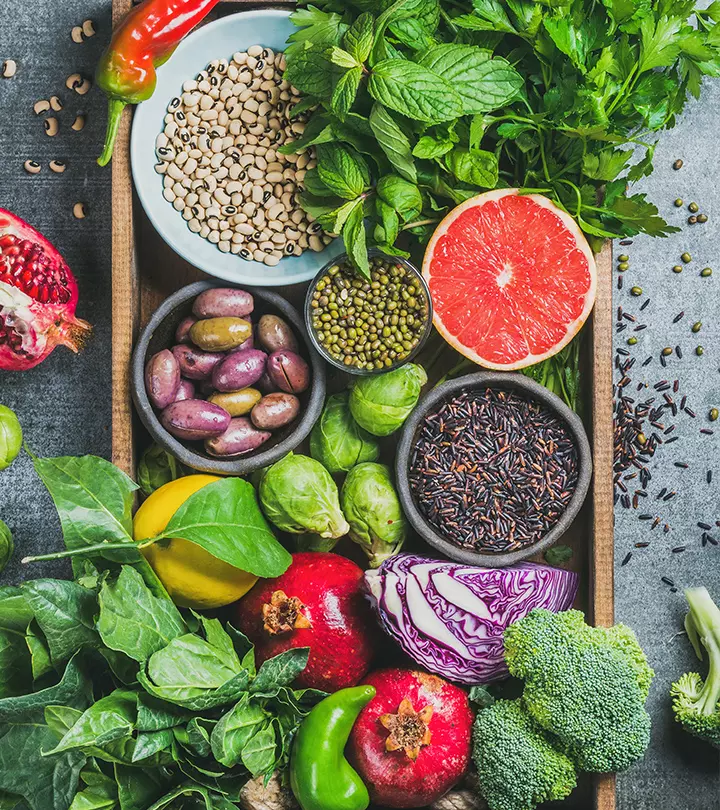
Image: Shutterstock
The cirrhosis diet is a well-structured diet plan designed to manage liver cirrhosis, a progressive liver condition that demands dietary intervention. This diet plan helps alleviate the symptoms of cirrhosis, prevents further liver damage, and improves quality of life. It emphasizes the intake of high-protein and low-sodium foods while eliminating unhealthy fats and alcohol. In this article, we will talk about how the cirrhosis diet works, its benefits, side effects, a sample diet plan, and recipes. Read on!
 At A Glance: Cirrhosis Diet
At A Glance: Cirrhosis Diet- Principle: Increased intake of low-sodium and high-protein foods
- Purpose: To minimize stress on the liver and prevent further damage
- Who Is It For: People with liver cirrhosis
- Duration: Long-term
- Who Should Avoid: Individuals with nut allergies
- Cons: May cause malnutrition
In This Article
What Is The Cirrhosis Diet?
According to the Global Burden of Disease (GBD) study in 2017, the estimated number of people with compensated cirrhosis (asymptomatic stage) was 112 million globally, corresponding to a global prevalence of 1,395 cases of cirrhosis per 100,000 people (1). But what is cirrhosis?
Cirrhosis is a condition characterized by liver scarring and damage. This occurs due to excess alcohol intake, certain drugs, hepatitis C virus (HCV), hepatitis B virus (HBV), hemochromatosis, alpha-1 antitrypsin deficiency, and certain autoimmune or genetic conditions, like Wilson disease, Budd-Chiari syndrome, and chronic right-sided heart failure (2).
However, you can manage this condition with proper dietary intake along with the recommended medication and treatment options suggested by your doctor. A special diet designed to support people with cirrhosis of the liver emphasizes low sodium and high protein intake to reduce fluid retention and prevent complications (3).
 Did You Know?
Did You Know?But how does this diet plan work to manage fluid retention? Take a deeper look at how the cirrhosis diet works to support liver health and manage the condition effectively.
Key Takeaways
- The cirrhosis diet mainly focuses on managing the condition and reducing the complications associated with cirrhosis of the liver.
- Limiting your sodium intake and maintaining protein balance are key elements of this dietary program.
- However, consult a dietitian or healthcare professional to determine your specific dietary needs to avoid malnutrition and improve liver function.
How Does The Cirrhosis Diet Work?
Limiting sodium intake and consuming the recommended amounts of protein are important elements of this dietary program. Sodium helps maintain the balance of fluids in the body as it binds to water. So, eating high-sodium foods may cause fluid retention. Restricting the intake of sodium to less than 2,000 mg per day is critical since cirrhosis frequently causes fluid retention and swelling (5). In addition, maintaining a healthy weight is equally important when you have this condition to prevent malnutrition and conserve lean body mass. This is because, according to research, 50-90% of people with cirrhosis have malnutrition (6).
In general, the recommended protein intake on this diet ranges from 1.0 to 1.5 g/kg dry body weight (7). Adding protein to every meal may help increase overall protein intake and help prevent muscle loss (8).
Following the liver cirrhosis diet also limits the intake of highly processed foods and trans fats that negatively impact liver function and its ability to produce bile (liquid needed for digestion of fats). Also, you will need to avoid alcohol as its consumption may cause liver damage or even failure in this condition (9).
Note: People with cirrhosis are at risk of nutritional deficiencies. While they can consider taking nutrient supplements, it is recommended to consult with a healthcare professional to determine how much protein or other essential nutrients are needed.
This is how the cirrhosis diet works. Now let’s delve into the benefits it offers to help individuals manage this liver condition.
Benefits Of The Cirrhosis Diet
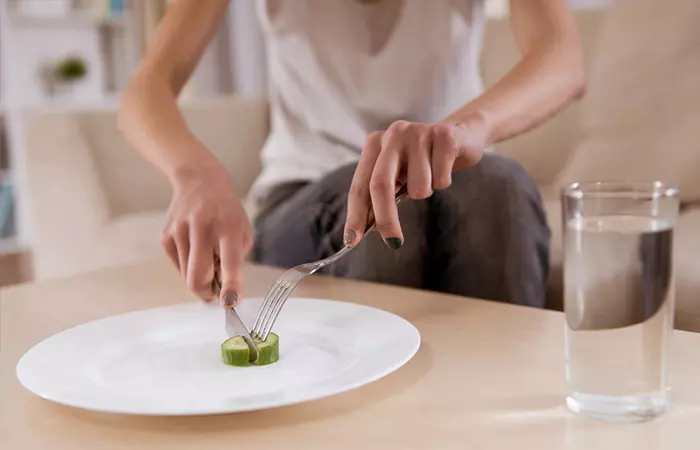
The primary function of the liver cirrhosis diet is to minimize stress on the liver and support its functions. Here are the many ways it benefits the liver and your health:
- May Minimize Fluid Retention And Ascites
Limiting the amount of salt (sodium) you consume may help maintain a healthy balance of sodium in your body, and prevent fluid retention and formation of Ascitesi A medical condition characterized by the accumulation of fluid in the abdominal area, which is often related to liver disease. (fluid retention in spaces within your abdomen) (10).
- May Prevent Malnutrition
Cirrhosis may cause Malnutritioni A condition that occurs when the body does not receive the right amount of nutrients to perform bodily functions. , leading to extreme weight loss and thinning of muscle mass. It is important to consume enough calories to combat this issue (11). The cirrhosis diet helps you consume enough calories to prevent malnutrition from setting in.
- May Prevent Nutritional Deficiencies
Liver cirrhosis often results in zinc and vitamin A deficiencies (10 11 ). A well-balanced cirrhosis diet may help maintain proper nutrition and prevent the problems associated with such deficiencies.
- May Protect Against Steatorrhea
Cirrhosis often causes Steatorrheai The excretion of abnormal quantities of oily, smelly stools that are difficult to flush. , i.e., increased fat excretion through the stools. Limiting the consumption of unhealthy fats, particularly saturated and trans fats, may help prevent or manage steatorrhea (12).
- May Treat Constipation
Constipation is a typical problem for people with cirrhosis. It may be managed with the cirrhosis diet that includes fruits, vegetables, and whole grains, which are known to be high in dietary fiber (13).
Following the cirrhosis diet is all about knowing which foods to eat and which to avoid. Scroll down to learn more.
Foods To Include In The Liver Cirrhosis Diet
The liver cirrhosis diet may help reduce further liver damage and improve your overall health. Here are some food groups to include in this diet:
- Protein: Lean cuts of meat, fish, poultry, eggs, dairy products
- Healthy Fats: Nuts (cashews, almonds, walnuts), seeds (chia seeds, pumpkin seeds, flax seeds), olive oil, avocados
- Fruits: Apples, bananas, citrus fruits, pears, melons, berries
- Vegetables: Leafy greens, tomatoes, broccoli, carrots, cucumber, bell peppers
- Whole Grains: Brown rice, oats, quinoa
- Legumes: Chickpeas, lentils, beans
- Herbs And Spices: Dill, thyme, parsley, black pepper, cumin
- Beverages: Water, coffee, tea
Not all food groups are suitable for people with scarring on the liver. The following section lists the foods to avoid in this diet plan.
Foods To Avoid In The Liver Cirrhosis Diet
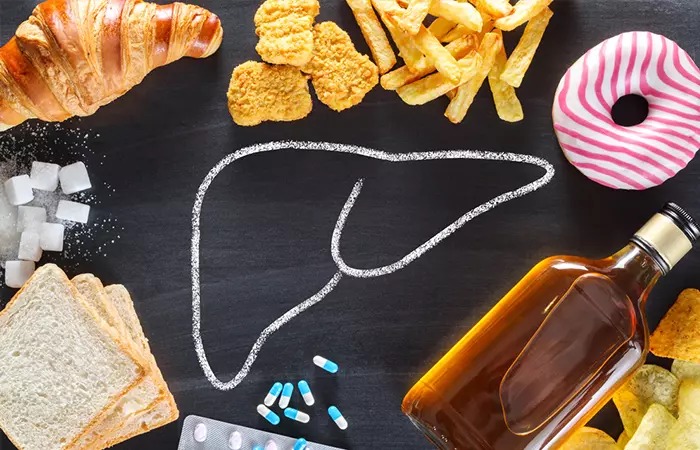
- High-Sodium Foods: Canned soups, salty snacks, soy sauce
- Processed Foods: Fast food, packaged snacks
- Unhealthy Fats: Margarine, canned vegetables, fried foods
- Sugary Beverages: Syrups, sports drinks, fruit punch
- Alcohol: Wine, beer, cocktails
- Undercooked Foods: Eggs, meat, poultry fish
- Processed Meat: Bacon, hot dogs, sausage
Now that you have a fair idea of which foods to eat and avoid, scroll down to check out a sample diet plan you can follow.
Cirrhosis Diet Sample Diet Plan
Day 1
- Breakfast: Sliced strawberries (½ cup), 2 scrambled eggs and oatmeal or whole grain toast
- Mid-Meal: 1 bowl fruit salad
- Lunch: 1 cup chicken curry with ½ cup rice and vegetables
- Evening: 1 cup cucumber slices with hummus
- Dinner: Steamed broccoli (1 cup), baked salmon (4 oz.), and sweet potato
Day 2
- Breakfast: 1 cup skim milk, 2 multigrain toasted bread, and 2 boiled eggs
- Mid-Meal: Handful of nuts
- Lunch: 2 cups mixed greens salad and grilled chicken breast (3-4 oz), olive oil and vinegar and ½ cup quinoa
- Evening: Handful of almonds or walnuts
- Dinner: ½ cup whole-grain pasta (cooked), baked chicken breast (3-4 oz), and 1 cup steamed vegetables
Day 3
- Breakfast: 1 paneer sandwich, 1 cup soy bean salad
- Mid-Meal: ½ cup chopped pineapple
- Lunch: 1 cup mushroom curry, ½ cup rice, and vegetables
- Evening: Handful of edamame beans
- Dinner: Baked cold (4 oz.), 1 cup roasted Brussels sprouts and ½ cup mashed potatoes
Day 4
- Breakfast: ½ cup oatmeal with a scoop of protein powder and eggs on the side
- Mid-Meal: Unflavored Greek yogurt (6 oz.) with berries
- Lunch: ½ cup quinoa (cooked), 1 cup chicken curry, ½ cup vegetable rice
- Evening: 1 cup carrot sticks with 2 tablespoons of hummus
- Dinner: Grilled tofu (4 oz.), 1 cup brown rice and vegetables
Day 5
- Breakfast: 1 cup whole-grain cereal with a scoop of protein powder, ½ cup sliced strawberries
- Mid-Meal: 1 cup baby carrots with guacamole
- Lunch: 2 cups mixed greens salad with 1 tablespoon of lemon-tahini dressing with 4 oz. chicken or turkey and a few whole-grain crackers
- Evening: ½ cup low-fat cottage cheese with fruit
- Dinner: ½ cup steamed asparagus, baked chicken breast (3-4 oz.) and rice
Day 6
- Breakfast: 1 cup skim milk and 1 whole grain chicken and avocado sandwich
- Mid-Meal: ½ cup berries
- Lunch: 1 cup stuffed capsicum, 1 cup beans with rice, 1 bowl of salad with balsamic vinaigrette
- Evening: Greek yogurt (6 oz.) with fruit
- Dinner: 1 cup mushroom curry, 1 cup brown rice and chicken
Day 7
- Breakfast: 1 slice of whole-grain toast with avocado and 2 eggs
- Mid-Meal: 1 chopped apple with 1 tablespoon almond butter
- Lunch: 1 cup brown rice, 1 cup organic soy chaap, grilled chicken or tofu salad(85 g)
- Evening: 1 cup chia yogurt custard
- Dinner: 1 cup mixed vegetable curry, 1 cup rice and chicken
You can easily prepare some delicious dishes at home to manage your cirrhosis. Scroll down to learn some simple recipes.
Liver Cirrhosis Diet Recipes
1. Chia Yogurt Custard
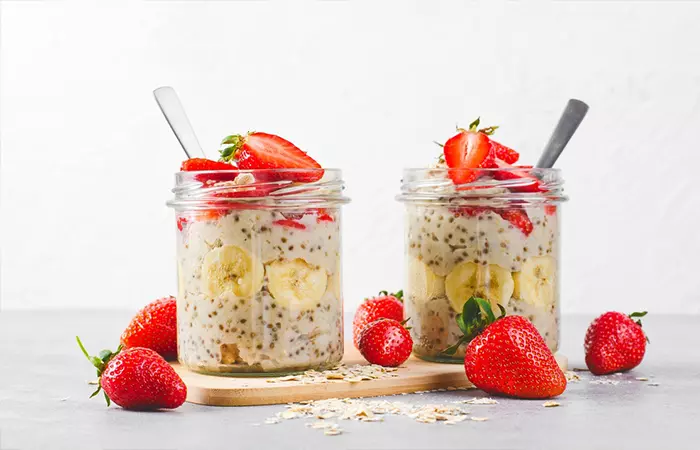
Ingredients
- 1½ cups of coconut milk
- ¼ teaspoon of ground green cardamom
- 4 tablespoons of coconut sugar
- 4 tablespoons of chia seeds
- 3 to 4 strawberries (sliced)
- 1 banana (peeled and sliced)
- 2 teaspoons of pine nuts
How To Prepare
- Divide the chia seeds, coconut sugar, ground cardamom, and coconut milk into two glasses.
- Mix everything until the coconut sugar dissolves. Make sure to stir properly to break any lumps.
- Cover the glasses and refrigerate for at least 2 hours or overnight.
- Remove the glasses from the fridge and stir well to remove any lumps.
- Top with the chopped nuts and sliced banana and strawberries before serving.
2. Paneer Sandwich With Green Chutney
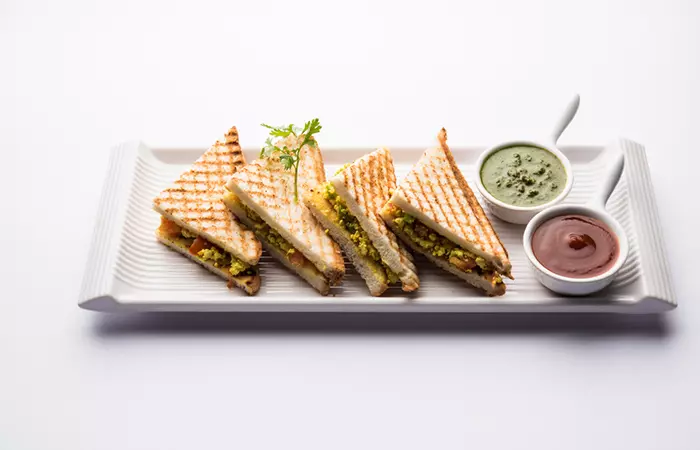
Ingredients For The Sandwich
- 4 slices of white or brown bread
- 1 cup of paneer (grated)
- 2 tablespoons of butter
- 2 tablespoons of tomato sauce
- 2 tablespoons of coriander (finely chopped)
- 2 tablespoons of capsicum (chopped)
- 2 tablespoons of corn (boiled)
- 2 tablespoons of carrot (grated)
- ¼ teaspoon of salt
- ¼ teaspoon of Kashmiri red chili powder
- ¼ teaspoon of cumin powder
Ingredients For The Green Chutney
- 1 cup of coriander leaves
- ½ cup of mint leaves
- ½ cup of water
- 2 tablespoons of gram dal (roasted)
- 3 cloves of garlic
- 3-inch piece of ginger
- 1 teaspoon of chat masala
- 3 green chilis
- ½ teaspoon of sugar
- ½ teaspoon of salt
- ½ teaspoon of cumin powder
- 1 tablespoon of lemon juice
- A pinch of asafoetida
How To Prepare
- In a large mixing bowl, combine the paneer with the grated carrot, boiled corn, chopped capsicum, and chopped coriander.
- Add the cumin powder, Kashmiri red chili powder, tomato sauce, and salt to the paneer mixture and mix well.
- Grind all the ingredients for the green chutney together in a blender to make a smooth paste.
- Spread green chutney on the two slices of bread.
- Spread 2 tablespoons of paneer stuffing on one slice of the chutney-covered bread.
- Cover with the other chutney-covered bread.
- Spread butter on the outer sides of the sandwich and grill until golden brown.
 Did You Know?
Did You Know?3. Mushroom Curry

Ingredients
- 500 g of chestnut mushrooms
- 50 g of unsalted butter
- 400 g of tomatoes (chopped)
- 4-6 tablespoons of sunflower oil
- 1 teaspoon of cumin seeds
- ¼ teaspoon of ground turmeric
- 1 teaspoon of fennel seeds
- 1 teaspoon of cumin seeds
- 1 large onion
- ½ teaspoon of garam masala
- 1 teaspoon of ginger
- ½ teaspoon of Kashmiri chili powder
- 4 cloves of garlic
- 2 tablespoons of Greek yogurt
- 1 teaspoon of caster sugar
- 2 tablespoons of coriander (chopped)
How To Prepare
- Melt the butter in a large non-stick frying pan over medium-high heat.
- Cook the mushrooms in the butter for 10 minutes, transfer them to a bowl, and set aside.
- Heat the oil in the same pan over medium-high heat and fry the cumin and fennel seeds for about 30 seconds until they release a nutty aroma.
- Add the chopped onion and cook for 12-15 minutes until golden.
- Reduce the heat to medium, then add the garlic and continue frying for a minute.
- Add the ginger, turmeric, chili powder, and garam masala, followed by the tomatoes and sugar.
- Cook the curry uncovered for 5-7 minutes or until it thickens and a layer of oil forms around the edge of the pan.
- Add a tablespoon of the hot curry to the yogurt in a separate bowl and mix well. Pour this yogurt mixture back into the pan and stir well.
- Pour in 100 ml of hot water and simmer for 3-4 minutes until the curry is thick.
- Season to taste and add the mushrooms to the pan. Stir and serve.
These dishes can be super delicious. But it is important to understand the precautions to consider for a safe and effective dietary approach to managing cirrhosis. Scroll down to know more.
Precautions To Consider Before You Start The Cirrhosis Diet
Monitor your fluid intake, as excessive fluid consumption may lead to fluid retention and related complications, such as ascites and edema.
Overeating can put stress on your liver, so pay attention to portion control. Eating less but more frequently throughout the day can be beneficial to liver health.
Completely eliminate the consumption of alcohol from your diet, as it may further damage the liver or worsen cirrhosis.
Always read product labels and check the ingredient lists and their quantities.
If you want to use any dietary supplements to curb nutrient deficiencies, consult your healthcare provider first to discuss your dietary needs.
Are there any adverse effects of following the cirrhosis diet? Scroll down to find out the answer.
Side Effects Of The Cirrhosis Diet
Anecdotal evidence suggests that prolonged calcium restriction as a part of the cirrhosis diet may affect bone health. Following this diet can also be challenging because it requires monitoring the sodium and protein content of each food item. This dietary plan also makes food less appealing, as it restricts many items like fried foods and sugary drinks.
In addition, restricting certain foods from your diet may lead to nutrient deficiencies. Hence, check with your healthcare professional or dietitian to ensure you get all the necessary nutrients through your diet or supplements.
Infographic: What Foods To Eat On The Cirrhosis Diet
The cirrhosis diet is designed to treat the symptoms and complications associated with liver damage. Protein, healthy fats, whole grains, fruits, and vegetables are some key elements of this diet plan. We have rounded up the foods to include in this diet in the infographic below. Check it out for more information.

Illustration: StyleCraze Design Team
The cirrhosis diet is a well-planned dietary program for people with liver cirrhosis, a condition characterized by the scarring of liver tissue. This diet focuses on the reduction of sodium while limiting the intake of highly processed and undercooked foods to ease any stress on the liver. It also emphasizes the intake of high-quality protein to improve liver function. Although scarring of the liver is irreversible, making changes in your diet may help prevent the disease from progressing. However, check with your healthcare professional to devise the right diet plan that suits your needs.
Frequently Asked Questions
What drink is good for liver disease?
The intake of coffee increases glutathione (antioxidant) levels in the body and may act against free radical damage and lower the risk of cirrhosis (14), (15).
Is beetroot good for liver cirrhosis?
The antioxidant activity of betaine (found in beetroot) may help promote liver health by preventing fatty deposits in the liver (16).
Illustration: Liver Cirrhosis Diet Plan: How To Follow Pros And Cons
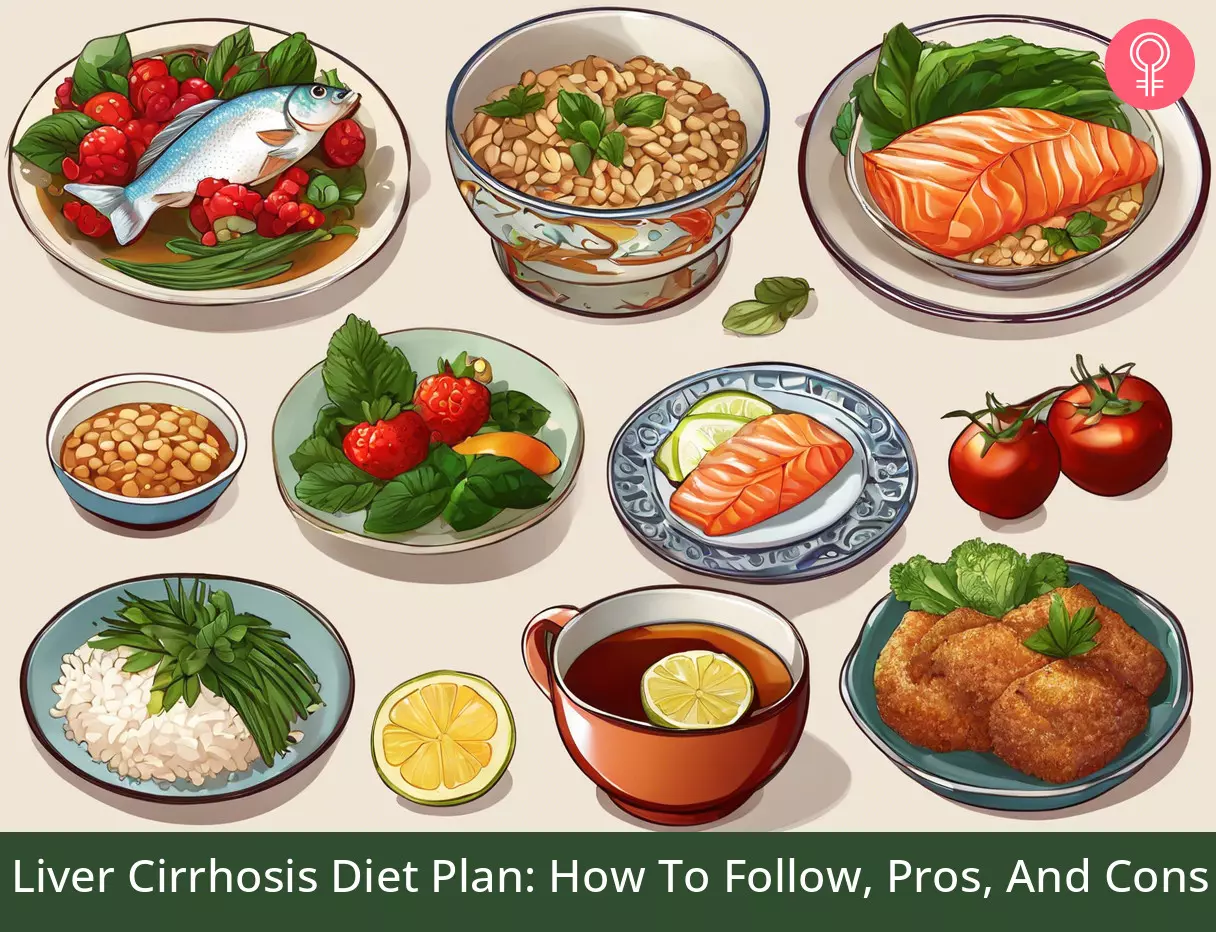
Image: Stable Diffusion/StyleCraze Design Team
Discover the dietary choices that can harm your liver when dealing with cirrhosis in this video. Stay informed, make healthier choices, and take charge of your liver cirrhosis journey.
References
Articles on StyleCraze are backed by verified information from peer-reviewed and academic research papers, reputed organizations, research institutions, and medical associations to ensure accuracy and relevance. Read our editorial policy to learn more.
- Global epidemiology of cirrhosis — aetiology, trends and predictions
https://idp.nature.com/authorize?response_type=cookie&client_id=grover&redirect_uri=https%3A%2F%2Fwww.nature.com%2Farticles%2Fs41575-023-00759-2 - Hepatic Cirrhosis
href=” https://www.ncbi.nlm.nih.gov/books/NBK482419/ - Nutrition in Patients With Cirrhosis
https://www.ncbi.nlm.nih.gov/pmc/articles/PMC6589840/ - Burden of liver diseases in the world
https://pubmed.ncbi.nlm.nih.gov/30266282/ - Cirrhosis and its complications: Evidence based treatment
https://www.ncbi.nlm.nih.gov/pmc/articles/PMC4017060/ - Eating, Diet, & Nutrition for Cirrhosis
https://www.niddk.nih.gov/health-information/liver-disease/cirrhosis/eating-diet-nutrition - Nutrition Priorities: Diet Recommendations in Liver Cirrhosis
https://aasldpubs.onlinelibrary.wiley.com/doi/10.1002/cld.831 - A Comprehensive Review Evaluating the Impact of Protein Source (Vegetarian vs. Meat Based) in Hepatic Encephalopathy
https://www.ncbi.nlm.nih.gov/pmc/articles/PMC7911290/ - Alcoholic Liver Disease
https://www.ncbi.nlm.nih.gov/books/NBK546632/ - Management of cirrhotic ascites
https://www.ncbi.nlm.nih.gov/pmc/articles/PMC4416972/ - Malnutrition in cirrhosis: More food for thought
https://www.ncbi.nlm.nih.gov/pmc/articles/PMC7701970/ - Steatorrhea
https://www.ncbi.nlm.nih.gov/books/NBK541055/ - Eat more natural dietary fiber and whole grains to minimize liver disease risk
https://www.ncbi.nlm.nih.gov/pmc/articles/PMC9396106/ - Coffee Consumption and Oxidative Stress: A Review of Human Intervention Studies
https://www.ncbi.nlm.nih.gov/pmc/articles/PMC6274123/ - Systematic review with meta-analysis: coffee consumption and the risk of cirrhosis
https://pubmed.ncbi.nlm.nih.gov/26806124/ - Betaine as a Functional Ingredient: Metabolism, Health-Promoting Attributes, Food Sources, Applications and Analysis Methods
https://www.ncbi.nlm.nih.gov/pmc/articles/PMC10302777/
Read full bio of Mary Sabat
Read full bio of Sindhu Koganti
Read full bio of Arshiya Syeda
Read full bio of Payal Karnik






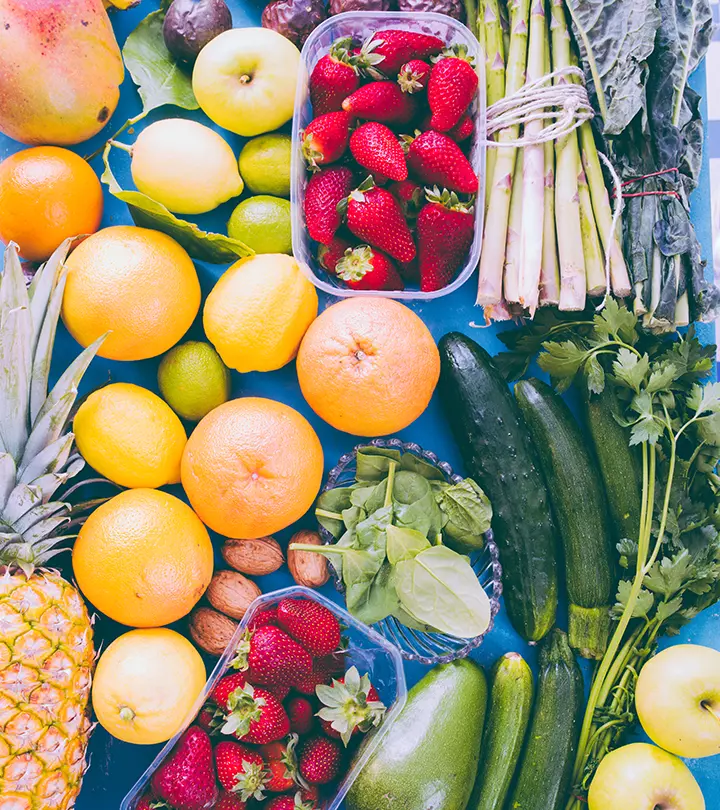
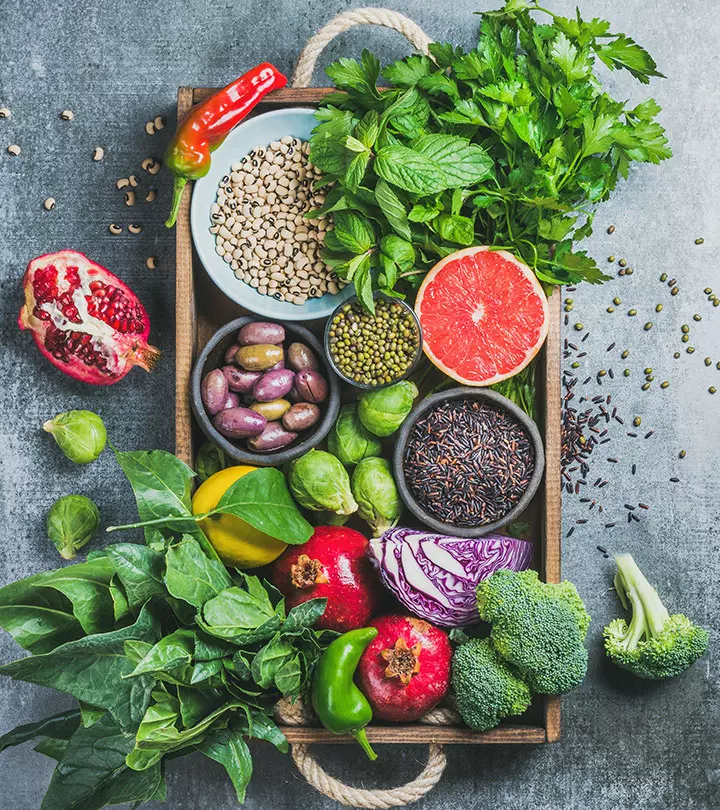
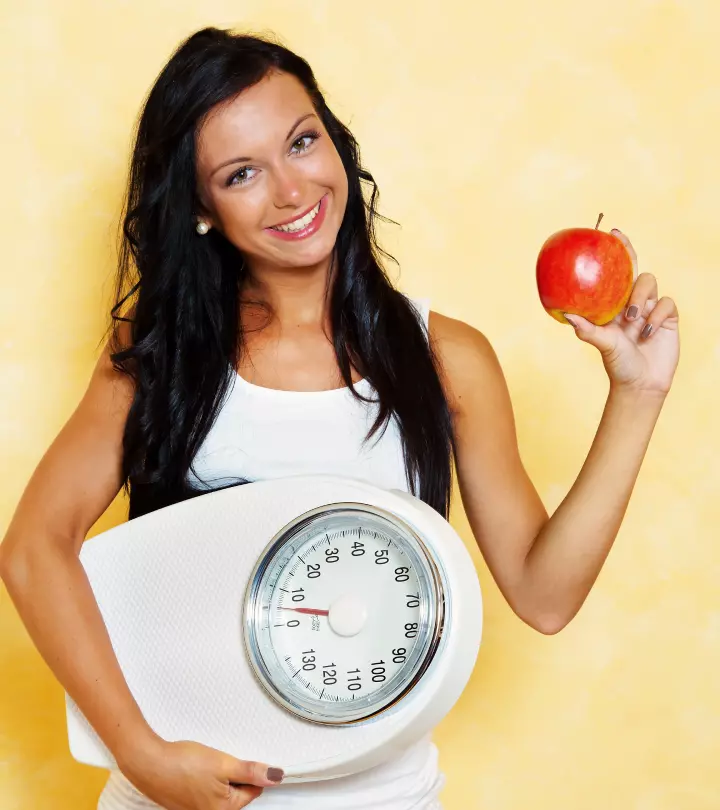

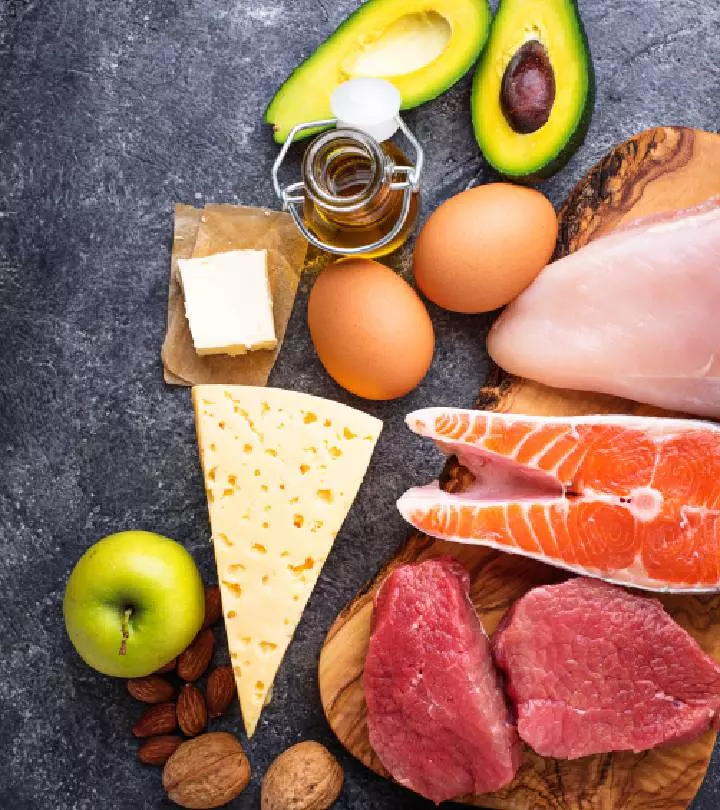
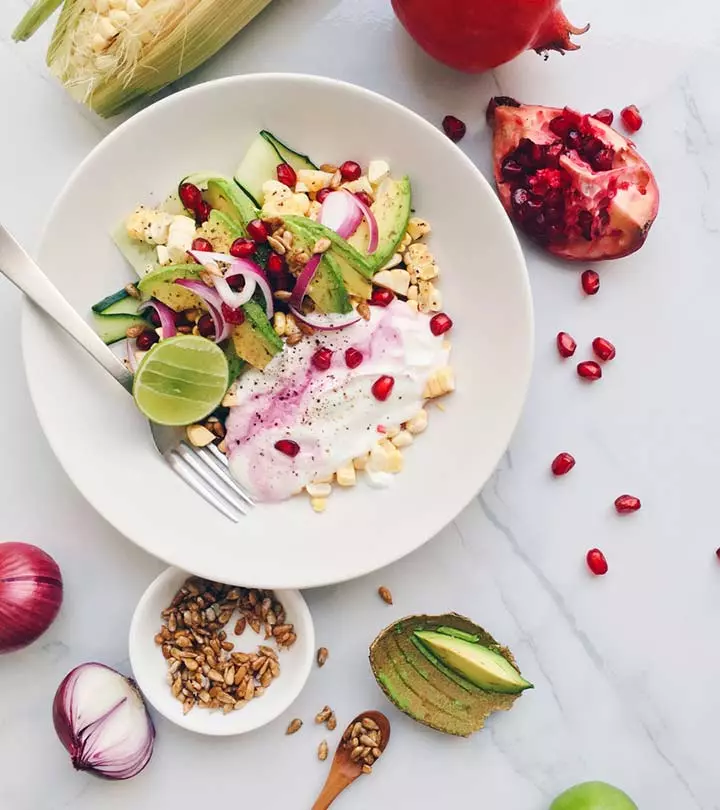
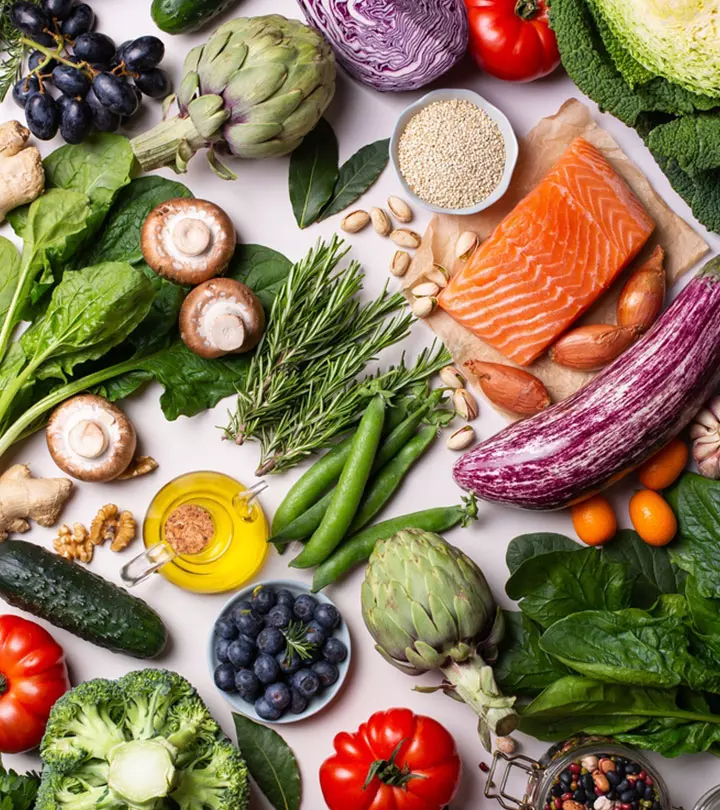
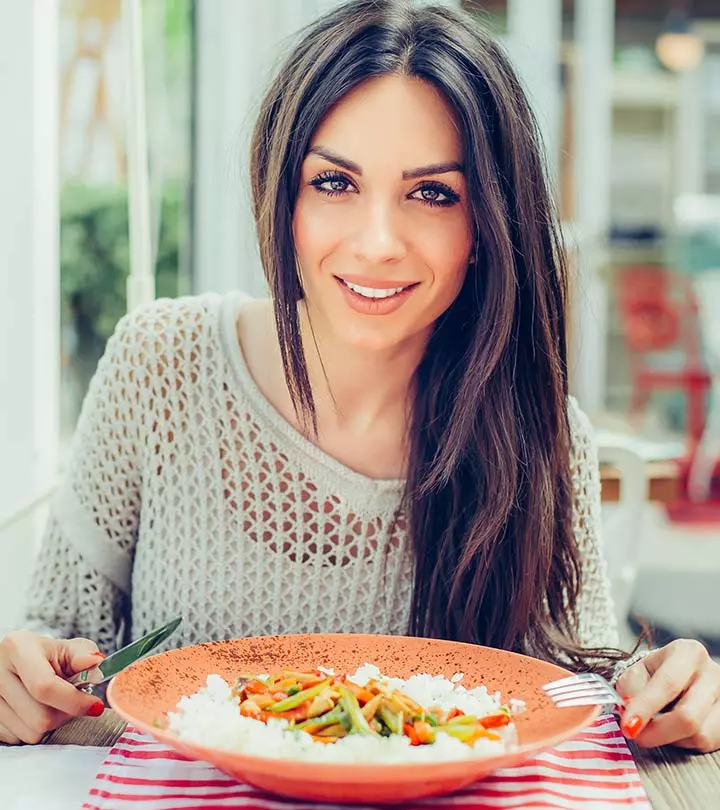



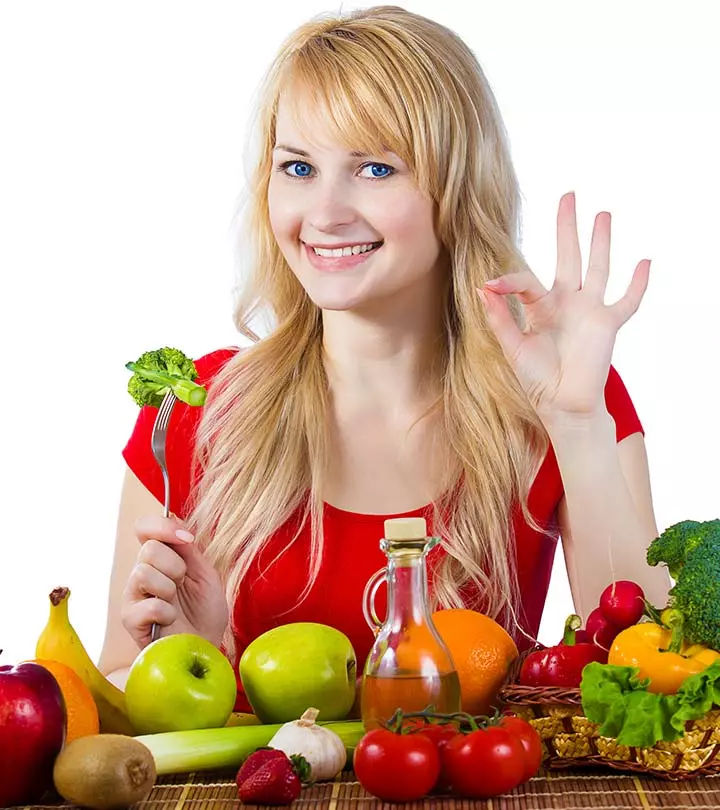
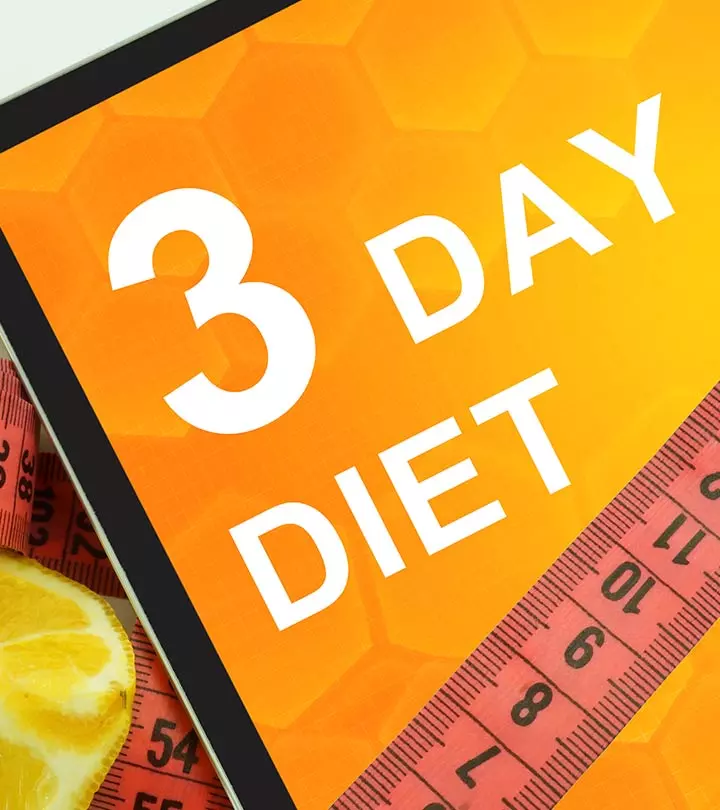






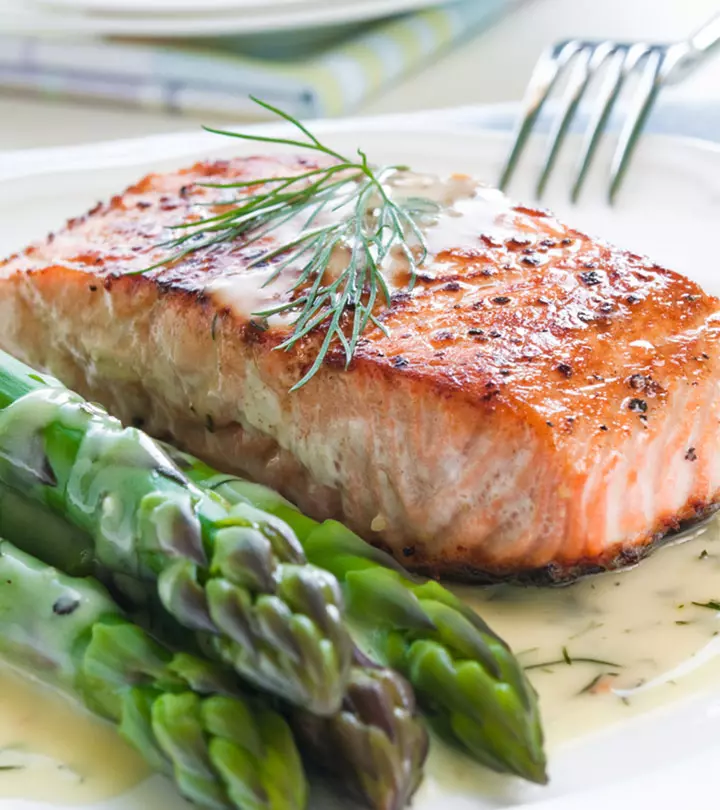

Community Experiences
Join the conversation and become a part of our empowering community! Share your stories, experiences, and insights to connect with other beauty, lifestyle, and health enthusiasts.